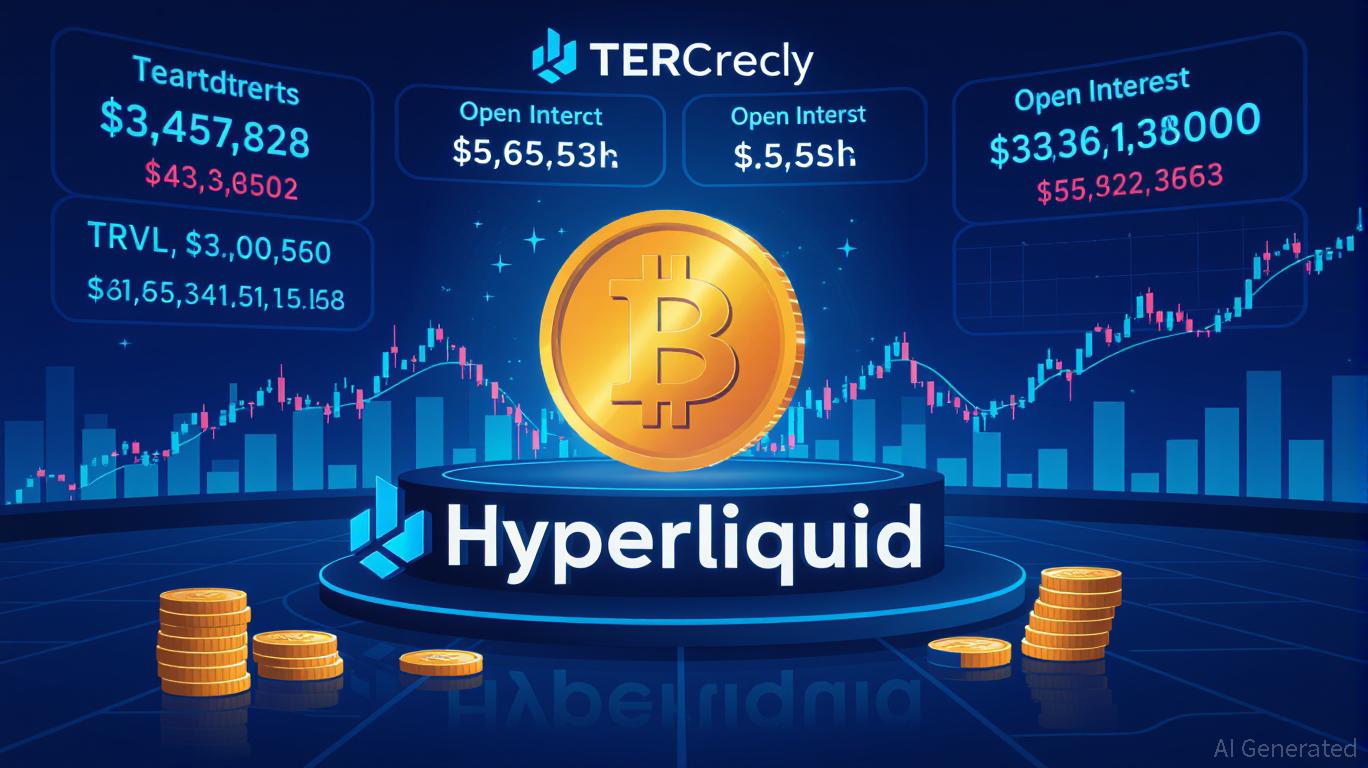Key takeaways:
Early adopters with disciplined Bitcoin strategies outperform peers by 286% on average.
Holding Bitcoin alone doesn’t guarantee stock gains as operational strength matters.
New entrants show potential, but long-term performance remains uncertain.
Public companies holding substantial Bitcoin ( BTC ) reserves continue to redefine corporate treasury strategy, collectively managing 1,045,887 BTC worth around $110 billion as of Oct. 17.
The model pioneered by Strategy Inc. (formerly MicroStrategy) used balance sheets to accumulate BTC as a hedge against inflation and fiat currency debasement. Yet, despite similar goals, their stock performances diverge sharply, revealing who truly benefited from the “Bitcoin standard.”
The analysis focused on the top 20 public companies, each holding more than 5,000 BTC, representing 4.9% of Bitcoin’s total supply across industries spanning mining, fintech, and media.
Outperformers: Bitcoin strategy pays off
Strategy Inc. (MSTR) led with 640,250 BTC, having begun accumulation on Aug. 11, 2020, at $13.49 per share. Now trading at $284, it has surged 2,000%, eclipsing Bitcoin’s 900% gain over the same period. Through debt-financed purchases and convertible notes, the company has evolved into a “Bitcoin proxy” with a market cap of $83 billion, even after a 45% retreat from 2024 highs.
Riot Platforms (RIOT) followed with 19,287 BTC, accumulating since early 2020 at $3.20 per share. Currently at $19.50, that marked a 510% rise, powered by efficient mining operations and treasury expansion. Shares peaked at $71 during the 2021 bull cycle, highlighting their BTC leverage.
CleanSpark (CLSK) began accumulating BTC in June 2023 at $5.20 and now trades near $20, a 285% gain supported by low-cost mining and reinvestment of mined BTC.
Marathon Digital (MARA) held 53,250 BTC, up from $8.50 in December 2020 to $20 today, marking 135% gains. Its hybrid miner-treasury model, backed by $376.7 million in 2024 revenue, underscored the combined strength of operational scale and treasury appreciation.
Hut 8 Mining (HUT) began BTC accumulation in March 2018 at $17.60 and traded at $48 on Friday, a 173% rise, benefiting from consistent production growth.
Newer entrants also show similar momentum. Bullish (BLSH), with 24,300 BTC, went public on Aug. 12, 2025, at $37, and is now trading at $57.55, up 55%, fueled by exchange synergies and Bitcoin exposure.
Coinbase (COIN), holding 11,776 BTC since April 2021, has gained 22%, from $271 to $330, as improved exchange activity and a stabilizing regulatory outlook offset 2022’s volatility. Cango Inc. (CANG), which began BTC accumulation in February 2024, rose from $3.50 to $4.16 (+19%) despite domestic macro headwinds, showing modest BTC-related resilience.
Semler Scientific (SMLR), with 5,021 BTC since May 28, 2024, remains near breakeven at $23, but its September 2025 merger with Strive strengthened its positioning as a BTC-driven health-tech play.
Underperformers: Strategy falters amid volatility
Metaplanet (MTPLF), often dubbed “Asia’s Strategy,” holds 30,823 BTC, but its shares have tumbled from $13 to $2.8 (–78%), now trading below its $3.4 billion BTC net asset value. The slide reflected yen depreciation, dilution, and balance-sheet overreach.
Trump Media & Technology Group (DJT), with 15,000 BTC accumulated since May 30, 2025, has fallen from $21.33 to $15.78 (–26%). Its volatility remained tied more to political cycles than Bitcoin exposure.
Block Inc. (XYZ), holding 8,692 BTC since October 2020, has declined to $75 (-55%) from $170 amid payments-sector weakness.
GD Culture Group (GDC), which began BTC accumulation on Sept. 17, 2025, at $7.50, now traded at $4.70, a –37% drop after a brief speculative surge.
Meanwhile, Twenty-One (XXI), with 43,514 BTC since May 9, 2025, traded up to $12.80 (+22%) from $10.50, though post-merger accounting clouds its BTC-driven impact.
Bitcoin Standard Treasury (CEPO), holding 30,021 BTC since March 2025, shows +4% gains. Both of the above companies are too early in their accumulation journey for meaningful assessment.
Related: Strive’s crypto merger with Semler Scientific faces shareholder revolt
Overall outlook on treasury companies
Out of the top 20 public BTC holders, 11 companies displayed clear Bitcoin-driven performance, averaging 286% gains since adoption, compared to just 45% among peers whose valuations remain business-driven. Early adopters, particularly miners and high-conviction balance-sheet accumulators, continue to dominate.
The 2025 landscape proved one thing: holding Bitcoin alone doesn’t guarantee returns. The real growth remains with organizations that combine accumulation with operational discipline and a long-term approach to volatility, turning balance-sheet risk into strategic advantage.
Related: Investors are getting better at spotting bad Bitcoin treasuries: David Bailey



